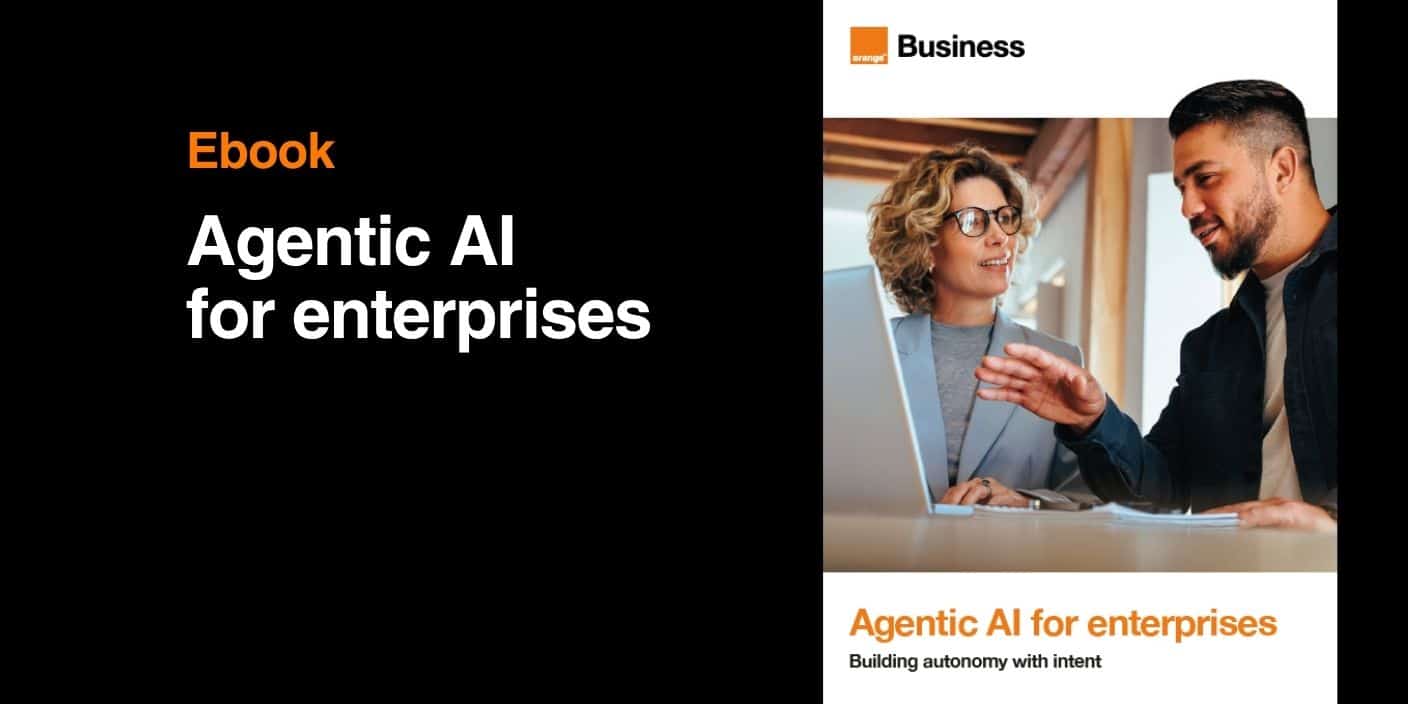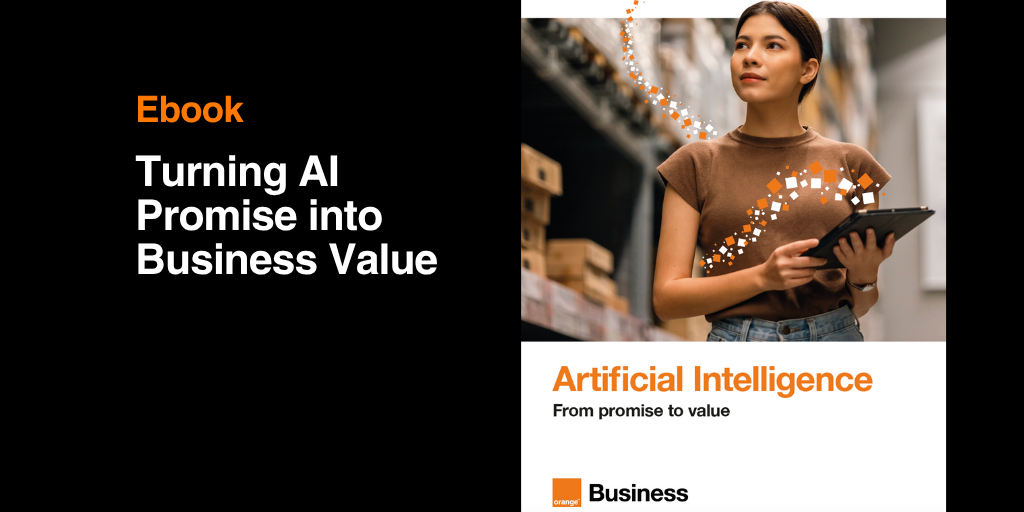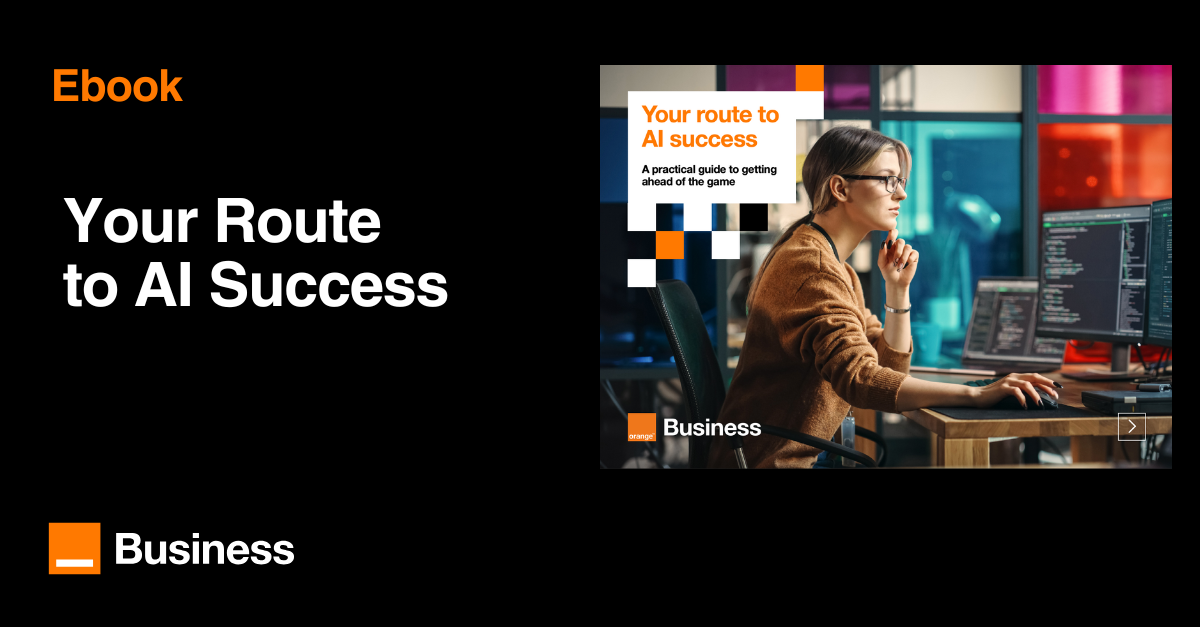Agentic AI represents a significant evolution of AI, enabling systems not only to generate content, but to act, “reason”, and adapt based on context. This shift allows AI to move beyond passive output generation toward active decision-making and participation in business processes.
Enterprises are increasingly exploring the potential of AI to enhance productivity. Yet, its broader economic impact remains uncertain, particularly when integrating these systems into existing operations. Many organizations find themselves stuck in pilot mode, struggling to operationalize proofs of concept and embed them within their core business functions.
The difficulty lies less in the technology itself and more in the robustness of how the systems are built, governed, and aligned.
Continuing our series on agentic AI, you can find the first article on Core Concepts here, this article focuses on how to architect scalable, production-grade agentic systems that can be embedded in core business functions and deliver value.

Agentic AI for Enterprises: Core Concepts for Choosing Autonomy with Intent
Read articleBuilding Scalable Agentic Systems
Agentic systems are modular by design, composed of interoperable components that meet specific needs. Building for production requires deliberate choices about these components and how they interact.
A robust design in practice means:
- Selecting appropriate models aligned with the problem domain and operational constraints.
- Defining data pipelines and integrations that ensure reliable access to high-quality, contextual data.
- Providing models with the right context and clear, well-structured instructions.
- Establishing continuous monitoring and feedback loops early in the prototyping phase, allowing teams to incrementally add/update features or components, strengthen security, and improve resilience as the system and AI evolve.
The key, though, is finding the sweet spot between:
- Do not overengineer. Excessive complexity slows progress and limits adaptability.
- But avoid “quick-and-dirty” solutions. Designs that bypass production-grade requirements create fragility and rework later.
How to Choose the Right Model
There is no one-size-fits-all model. Selecting the right model depends on a clear understanding of the business problem, data landscape, desired outcomes, and model limitations. Models vary significantly in their capabilities, latency, and cost-efficiency.
A pragmatic approach involves an iterative and evidence-based evaluation process:
- Prototype with the most capable model to establish a performance and quality baseline.
- Experiment with smaller or specialized models to determine whether comparable results can be achieved at lower cost, latency, and carbon footprint.
- Adopt a hybrid model strategy where tasks of varying complexity are distributed intelligently (Highly capable models for reasoning-intensive tasks, lightweight models for routine or narrow-scope functions).
The key is to design for seamless model substitution and orchestration while addressing data sensitivity and compliance requirements.
Beyond LLMs
LLMs alone barely deliver business value. The true benefits emerge when they are connected to external data sources, systems, and processes.
Tools, Actions, and Protocols
Achieving value requires extending LLMs with the ability to access context, take actions, and collaborate. Some lessons stand out:
- AI-ready data is a strategic differentiator. It is about data quality together with governance, accessibility, and multimodal coverage across text, image, and audio formats. Models become valuable when they can consume and act on this data through well-defined and secured integrations.
- Security and governance ensure trust. As LLMs gain access to tools and data, enforcing authentication, authorization, Human-in-the-loop (HITL), fallback mechanisms, and auditability becomes essential. Strong governance and observability safeguard compliance, prevent misuse, and maintain accountability.
- Integration unlocks capability. The strength of an agentic system depends on how seamlessly it can access external context and tools. Robust integration mechanisms enable systems to reason, act, and adapt.
- Interoperability is accelerating innovation. As the ecosystem matures, emerging standards for tool and agent coordination, such as the Model Context Protocol (MCP) and Agent-to-Agent (A2A), are reducing the need for custom extensions.
Building beyond LLMs is not about replacing models with agents; it is about connecting and orchestrating intelligence. Success depends on how well systems integrate data, orchestrate capabilities, and adopt emerging standards that make agentic collaboration scalable, secure, and sustainable.
Context Engineering
Context is the operational fuel of LLMs. It defines how models perceive their environment, the information they receive from systems, users, and external sources.
- Prompts serve as the control interface, defining objectives and guiding behavior.
- Context engineering ensures the right information flows at each turn, complementing prompt design by keeping inputs relevant, current, and scoped appropriately.
Implementation Guidelines
- Use simple, clear instructions, precise enough to guide behavior, but not overly restrictive.
- Organize prompts in logical sections: background, instructions, tool usage, and output formatting.
- Iteratively refine and version prompts. Treat them as evolving artifacts to ensure long-term reliability.
- Ensure tool definitions are unambiguous and self-contained, with clear purpose and relevant outputs.
- Apply few-shot prompting to provide sufficient examples without overloading with edge cases.
- Leverage metadata (e.g., file size, naming conventions, timestamps) as signals for relevance and priority.
- Use standardized templates to ensure consistency across agents and use cases.
- Include fallback guidance to handle ambiguous or out-of-scope queries gracefully.
- Adopt long-context strategies:
- Compaction: periodically summarize and restart the context with key information.
- Agentic memory: enable agents to record and retrieve essential notes.
- Sub-agent architectures: delegate specialized tasks to focused agents.
Poorly designed prompts or unmanaged context lead models to overgeneralize, misinterpret ambiguous input, or miss critical signals, resulting in poor results or unsafe behavior. Sustained reliability in production comes from treating prompt and context design as iterative engineering practices, continuously tested, versioned, and refined as systems evolve.
Orchestration
The required level of orchestration depends on system complexity, shaped by the number of tools, agents, and decision points involved.
Key considerations:
- Start with simple workflows. For low-complexity use cases, begin with single-agent systems or orchestrated workflows. They provide faster deployment, easier maintenance, and lower operational risk.
- Scale to multi-agent architectures only when necessary. Transition to multi-agent systems when simpler designs can no longer handle tool selection, task decomposition, or coordination effectively.
- Design for observability, security, and governance. Ensure end-to-end visibility into task execution, dependencies, outcomes, agent identities, and cost.
Effective orchestration is not about building the most complex network of agents. Exhaust the capabilities of simpler systems before introducing additional layers of orchestration. Each new agent or tool adds flexibility but also overhead in governance, monitoring, and troubleshooting. The most successful systems evolve from clear, well-instrumented workflows into modular, multi-agent architectures guided by operational data and business value.
Observability and Evaluation
Evaluating GenAI differs from Machine Learning (ML): outputs can vary between runs and depend on the context provided. The aim is to determine how well the system meets its intended objectives across the lifecycle.
In practice, three considerations keep efforts aligned and measurable:
- Evaluation framework: Define how you compare design choices and map technical metrics to business KPIs so there is a direct line to strategic goals.
- Continuous monitoring: Track performance and compliance in production, watching for drift, latency/cost spikes, and reliability issues.
- Human-in-the-loop (HITL): Use structured reviews for approvals and to capture feedback that feeds learning loops and ongoing improvements.
Treat observability and evaluation as a built-in capability. Systems stay reliable when metrics tie to business goals, traces make behavior explainable, and HITL feedback closes the loop.
No/Low Code or Custom Code
Custom code offers maximum control and flexibility, but it is resource-intensive to design, secure, integrate, and operate. A No/Low Code approach accelerates delivery by leveraging vendor orchestration, integrations, UI, security, and governance.
- No/Low code works best when the goal is speed for repeatable productivity scenarios (e.g., summarizing, drafting, basic analysis, simple automations) and when supported connectors align with your stack and compliance needs. The trade-off is black-box behavior and less fine-grained control.
- Choose custom code when the use case is strategically differentiating, requires specialized agents/tools, deep observability, strict data-residency/privacy controls, or nonstandard integrations with core systems.
- In practice, you can take a hybrid approach, start with no/low code to achieve quick wins, then add custom services or agents where performance, control, or compliance demands it.
As a rule of thumb, if speed, standardization, and existing connectors are the primary drivers, and the workflow is not a source of competitive advantage, go no/low-code-first. When control, specialization, or strict compliance requirements lead, plan for custom or hybrid approach. As with orchestration, start simple and add complexity only when results or risks justify it.
Key Takeaways
- Start with business outcomes. Target a concrete process, demonstrate value, then scale.
- Baseline, then right-size. Establish performance with the most capable model; test smaller/specialized models and design for easy substitution.
- Design for interoperability. Prefer open, standards-based connections for tools/actions and agent-to-agent coordination to reduce custom glue.
- Treat context and prompts as first-class assets. Keep them simple and structured, version and test them, and manage context to prevent overgeneralization or missed signals.
- Keep orchestration simple, until it isn’t. Start with single agent/workflows; add multi-agent roles only when needed. Make roles, message contracts, and feedback loops explicit.
- Evaluate what matters. Tie GenAI metrics to business KPIs and ensure continuous monitoring with HITL review for high-risk or low-confidence cases.
- Choose no/low code vs. custom code pragmatically. Favor solutions that minimize integration complexity and fit your existing stack, potentially through a hybrid approach.
Looking Ahead
As AI gains autonomy in reasoning and action, scaling it safely requires a holistic governance lens, extending classic data/AI governance to agent governance. This keeps systems within defined boundaries and aligned with company policy, regulation, and ethical standards.
Future installments will cover:
- Governance & Safety. Building trust, transparency, and compliance.
- Adoption. Equipping employees and organizations to use agentic AI effectively.















Comments (0)
Your email address is only used by Business & Decision, the controller, to process your request and to send any Business & Decision communication related to your request only. Learn more about managing your data and your rights.